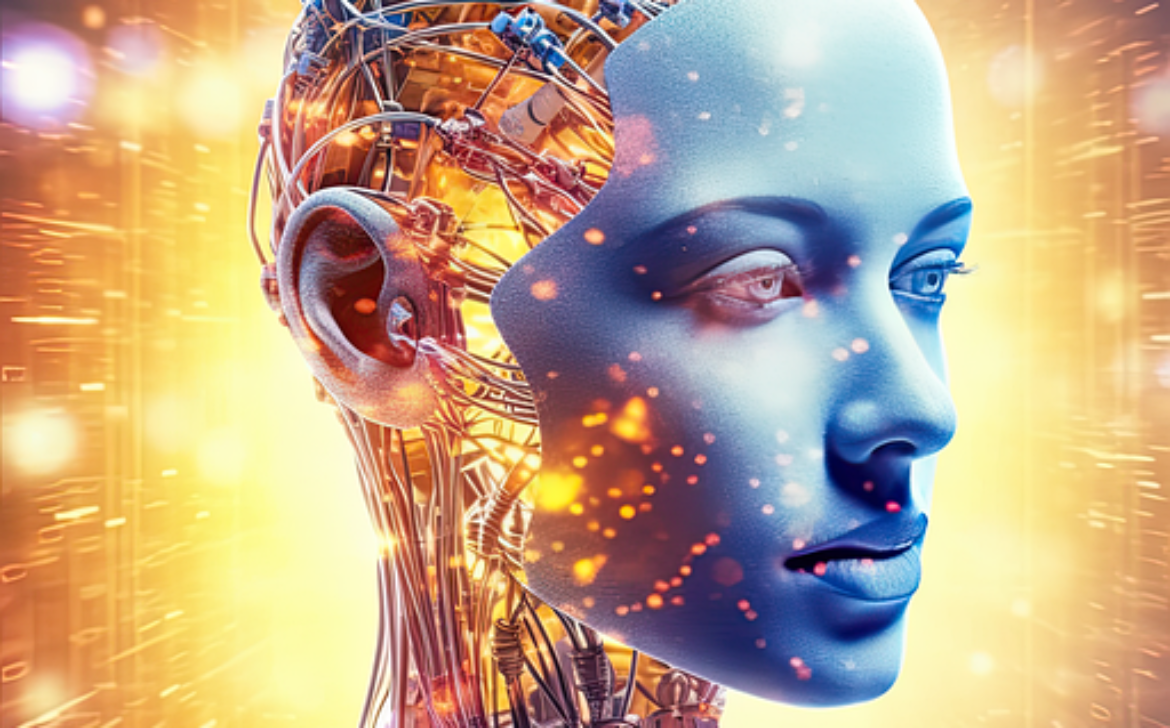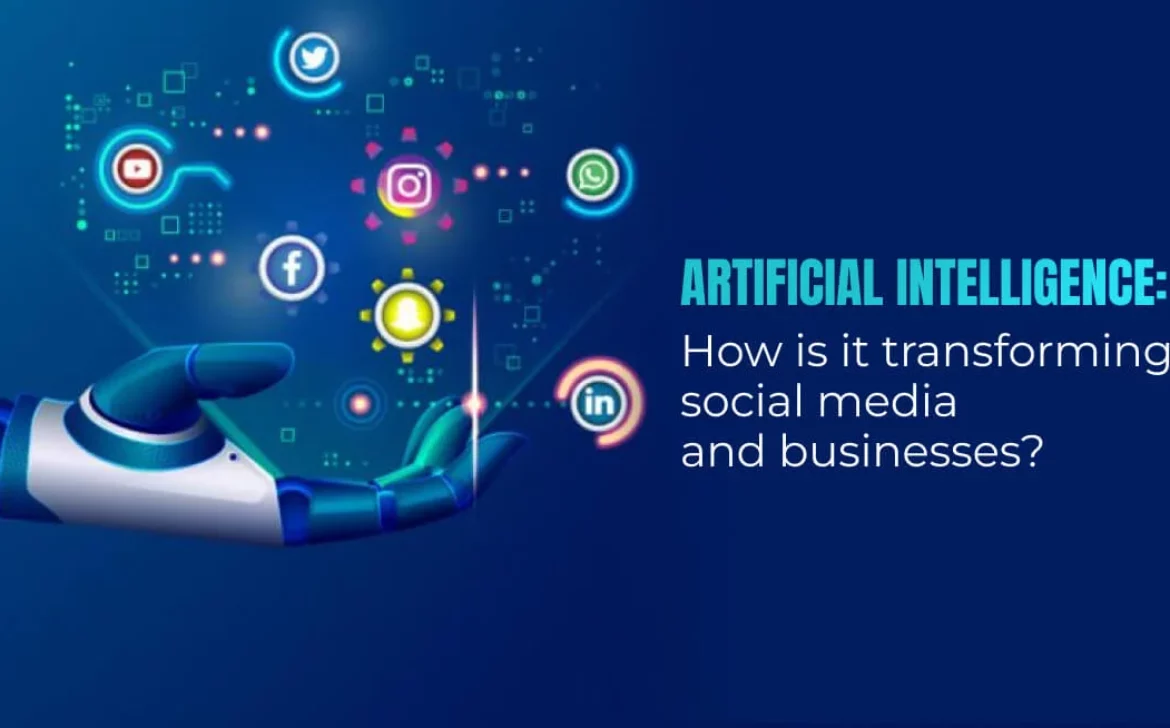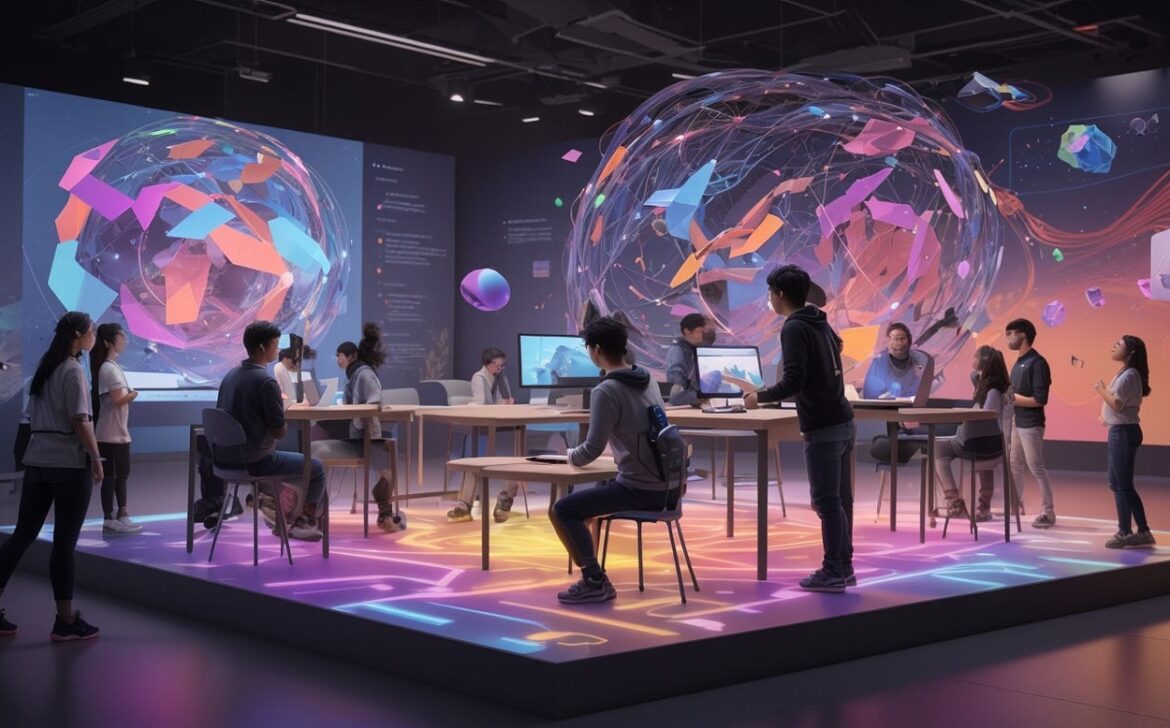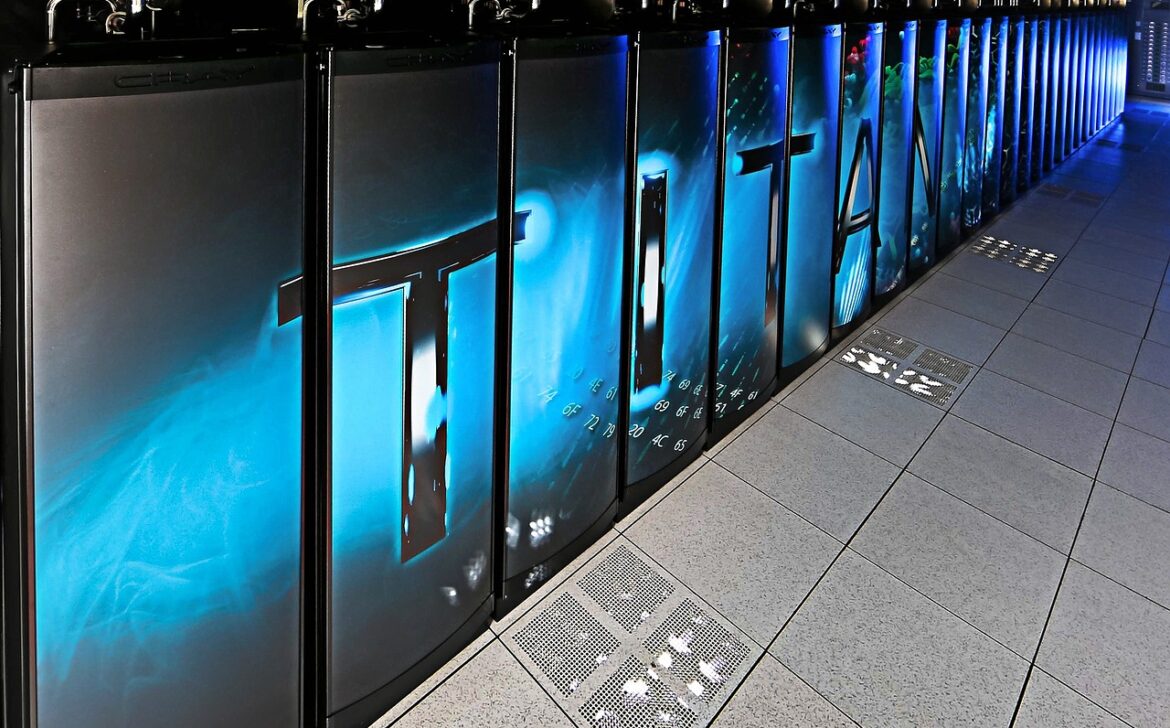AI and the Metaverse: Shaping the Future of Digital Realities

In the rapidly evolving landscape of technology, two revolutionary forces are converging: Artificial Intelligence (AI) and the Metaverse. The Metaverse represents a collective virtual shared space, merging physical and digital realities, while AI powers the intelligence behind the scenes. Together, they hold the potential to redefine how we interact, learn, and experience the digital world.
Understanding the Metaverse
The Metaverse is more than just a virtual space; it’s an interconnected network of digital environments where users can interact with each other and digital objects in real time. It includes virtual reality (VR), augmented reality (AR), and immersive online spaces, creating a seamless blend of the digital and physical worlds.
AI’s Role in the Metaverse
Artificial Intelligence plays a pivotal role in the Metaverse’s development. AI algorithms power realistic simulations, dynamic environments, and responsive interactions. AI-driven avatars and characters can understand and respond to natural language, enhancing the feeling of presence and interaction within virtual spaces.
Personalized Experiences and Interactions
AI in the Metaverse brings personalization to a new level. It learns from users’ behaviors, preferences, and interactions, tailoring experiences to individual preferences. Imagine virtual assistants that understand your needs, AI-curated content, and immersive environments that adapt to your preferences in real time.


Virtual Economies and AI-driven Creations
The Metaverse is a fertile ground for economic activities. Virtual economies, powered by blockchain and AI, enable users to create, buy, sell, and trade digital assets. AI-generated content, from virtual fashion to architecture, can populate the Metaverse, offering unique experiences and opportunities.
Educational and Collaborative Possibilities
The fusion of AI and the Metaverse holds tremendous educational potential. Imagine attending virtual classes with AI teachers that adapt to your learning style. Collaborative workspaces in the Metaverse could enable remote teams to innovate, ideate, and create together in immersive environments.
Challenges and Ethical Considerations
While the Metaverse and AI offer immense possibilities, they also raise important ethical questions. Privacy concerns, data security, digital ownership, and the potential for addiction all need careful consideration as we navigate this new digital frontier.
Charting the Future
The synergy between AI and the Metaverse is transforming the way we perceive and interact with digital realities. As AI continues to advance, the Metaverse will become richer, more responsive, and more deeply integrated into our daily lives. From entertainment to education, business to social interactions, the possibilities are limited only by our imagination.














